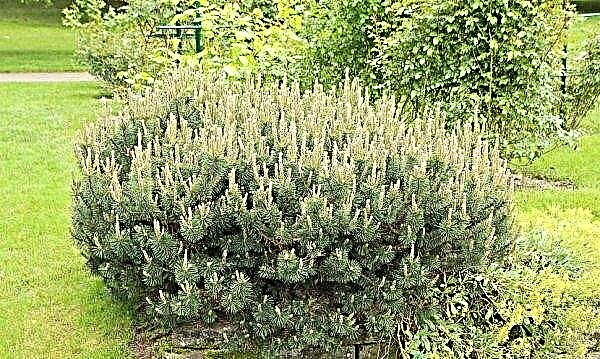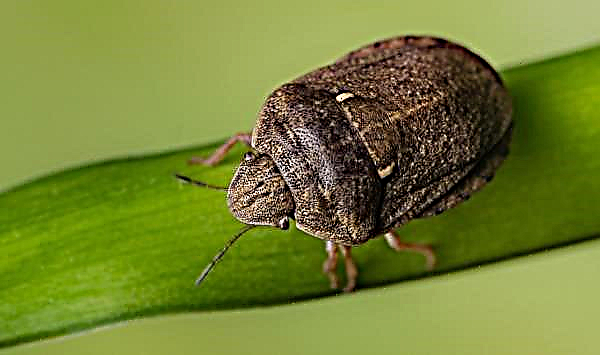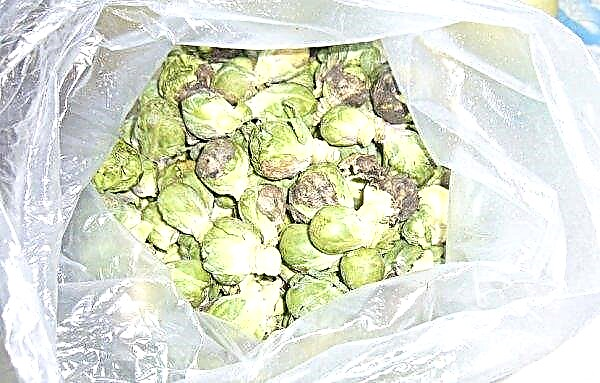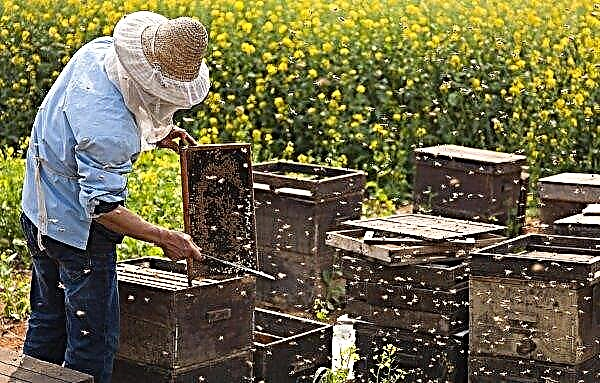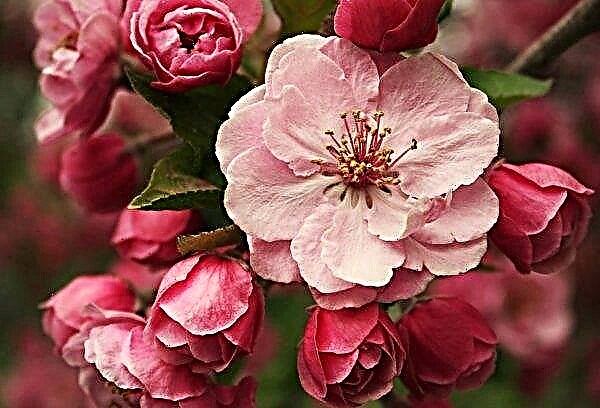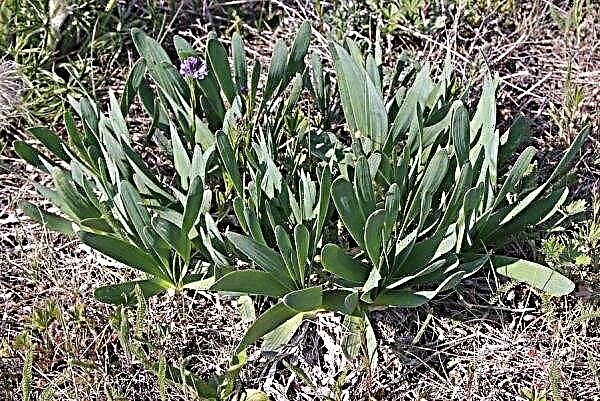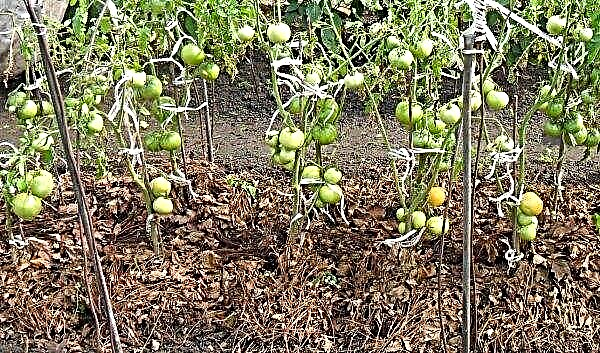Gardeners, as a rule, either love gladioli or not. Even different nations have different attitudes towards them. The ancient Greeks considered the plant a field weed, and the Romans grew in the open ground in their gardens. Try to grow them and you, perhaps you will like the extravagant beauty of this plant. For more information on how to grow and care for gladioli, read further in this article.
Is it possible to plant gladioli in the fall
Gladiolus is a perennial. It grows well in all climatic conditions, including in countries with harsh, cold winters and short summers. Bulbs are allowed to plant almost year-round.
Important! Due to the thin profile of leaf blades, gladioli have a better visual effect if planted in large groups of 6–12 plants. And so that they are not damaged by the wind, decorative supports are used.
Landing dates and their features:
- Start landing in winter at the end of February. The soil should not be frozen, but the air can still remain quite cold. Plant gladiolus bulbs in the ground to a depth of 15 cm. Cover them with loose soil, not compacting. This will allow them to get additional heat from the sun. When the air warms up, slightly compact the soil and, if necessary, fill up to completely cover the planted bulbs.
- In the summer you can arrange conveyor landingby planting individual specimens every 2 weeks. With the right timing, you will receive a flower bed that will bloom, though not completely, but constantly.
- As for the fall, then when organizing a winter landing, you need to pay attention to the dates and weather conditions. Plants planted in August or early autumn will sprout, but will not have time to bloom. This will disrupt their development cycle and may lead to death in winter. If the bulbs are planted after the temperature drops below + 10 ° C, they will simply lie in the soil until the weather is favorable for their growth and development, that is, until spring. It is important that in this case, the bulbs should be planted 2 weeks before the expected frost.

Rules for planting gladioli before winter
The gladiolus comes from South Africa. Therefore, it grows best in a sunny area in sandy soil with good drainage. Planting rules include the selection of the site and the creation of suitable conditions for the development of the plant.
Important! Bulbous, including gladioli, should not be planted in a site with a high level of rising groundwater.
Choosing such a site, be guided by the fact that:
- Gladiolus does not like to compete for space with the roots of trees or shrubs. And also does not like it if it is planted at the base of the building.
- The site should be well drained.. If there are still puddles there 5-6 hours after heavy rain, find another place to land.
- When planting, use sand mixed with soil. Gladiolus grows best in sandy soil. It should also have enough nutrients. This can be achieved by making compost, peat moss, humus, rotted manure or other organic fertilizers.
- It is advisable to measure the acidity of the soil. It should be at a pH of 6.5–6.8. If the acidity level is higher, then the leaves of the plant will darken. Also, gladioli will become more often affected by fungal diseases. Acidic soil should be deoxidized by adding dolomite flour or slaked lime.
- There should be plenty of sunlight in the selected area.. Gladioli will bloom in partial shade, but the colors will not be as bright as when planted in the sun and the plants will not be too lush.

Planting gladioli step by step:
- Peel the bulbs of exfoliating integument.
- Discard rotten specimens. If these are rare varieties, you can try to cut off the affected area and treat it with brilliant green.
- When planting in the warm season, lay gladioli on a layer of paper for several days for germination. In other cases, this should not be done, since the sprout will die in cold soil.
- Place the bulbs for 2 hours in a 0.3% solution of potassium permanganate (potassium permanganate). This is necessary to disinfect planting material from fungi and pests.
- Dig holes with a depth of 15–17 cm. The distance between them should be 15–20 cm.
- Pour a solution of Fitosporin M in order to accelerate the development of the root system. Dilute the solution according to the instructions on the package.
- Sphagnum moss can be placed at the bottom of each hole if you haven’t mixed the soil with organic fertilizers.
- Annual small bulbs can be planted not so deep. But large specimens develop better with deep landing. The additional amount of soil around the bulb allows you to maintain high flowering stems.
- Landing is carried out with the flat base down, and the growth point vertically up.

Outdoor Care
At the heart of caring for flowers is watering, fertilizing and preventative pest control.
Did you know? The ancient Greeks called gladiolus "xiphium". The word comes from the Greek "xiphos", which means «sword».
Basic care rules:
- Shortly after planting, place pegs near the gladioli, and tie them up with a decorative cord so as not to damage. This should be done when the stem is sufficiently formed.
- Water the flowers once a week. In dry weather, do this more often.
- To preserve soil moisture, mulch plants. To do this, you can use a layer of straw 5–7 cm thick. Mulch should also help in weed control.
- If organic fertilizers were applied during planting, then you need to make water-soluble fertilizers when the flower stalks reach a height of 25 cm. And the second time they begin to bloom.
- Gladioli are grown for cutting. When the flowers bloom, you can form bouquets from them or leave them to decorate the flower beds. Flower stalks are cut in the morning, leaving at least 4 leaves on each plant.

Frost resistance of gladioli and their children
After the leaves begin to turn yellow, the bulbs can be dug up for storage for planting the next year. Usually they dig out the varieties that are intended for cultivation in the 6th USDA zone (winter temperatures not lower than -23 ° С).
In areas of 7 and above, gladioli can winter in the ground. In this case, the soil is covered from above with a layer of finely chopped leaves or wood chips up to 15 cm thick. Such a coating will serve as an insulator for cold air and prevent freezing of the soil. This should be done at the end of November.

How to prepare for winter
For those varieties whose bulbs are dug, the following steps must be taken:
- Dig bulbs 6 weeks after the flowers have bloomed. The main symptom is not the time when to start digging, but yellowed leaves.
- Shake off the soil from them.
- Trim leaves to bulb.
- Before laying for storage, allow them to dry in a warm place with good air circulation for 3 weeks. Air temperature at this moment should be + 29 ° С.
- After drying, you can remove the old bulbs and discard too small children, leaving only large, well-developed specimens.
- Treat gladiolus with antifungal drugs before storing.
- Store in mesh bags in a well-ventilated dark room with a temperature of + 2 ° C to + 10 ° C.
- Gladiolus can "sleep" 35-40 days after removal from the ground. But then, they can begin to sprout. To avoid this, it is necessary to constantly maintain the same air temperature in the storage, not higher than + 10 ° С.
- Closer to spring, the bulbs will release moisture. Therefore, you need to monitor their condition in packages and periodically dry.
Video: How to dig and store gladioli
What diseases can harm
The best way to avoid illness is to plant healthy planting material. Throw away any damaged or rotting specimens.. If you notice growth retardation during the development of gladiolus, then such a bulb also needs to be thrown away. Most likely it is infected with viruses.
Did you know? Botanists suggest that more than 10,000 modern varieties of gladioli are obtained from 7 species native to South Africa and which were first brought to Europe at the end of the 17th century.
Thrips are the biggest plant pest. They feed on flowers and leaves, which leads to the appearance of characteristic white stripes and discolored areas on the gladiolus. To destroy thrips, the bulbs are processed before storage, dropping boiling water, which is no longer heated, for 2 minutes. Be sure to dry the bulbs after that. And while growing on beds against thrips, growing gladioli are treated with a solution of insecticidal soap.

To enjoy the beauty of flowers for next year, be sure to arrange the right storage conditions for them. And when landing, select a site whose conditions will be, if not optimal, then at least correct.

